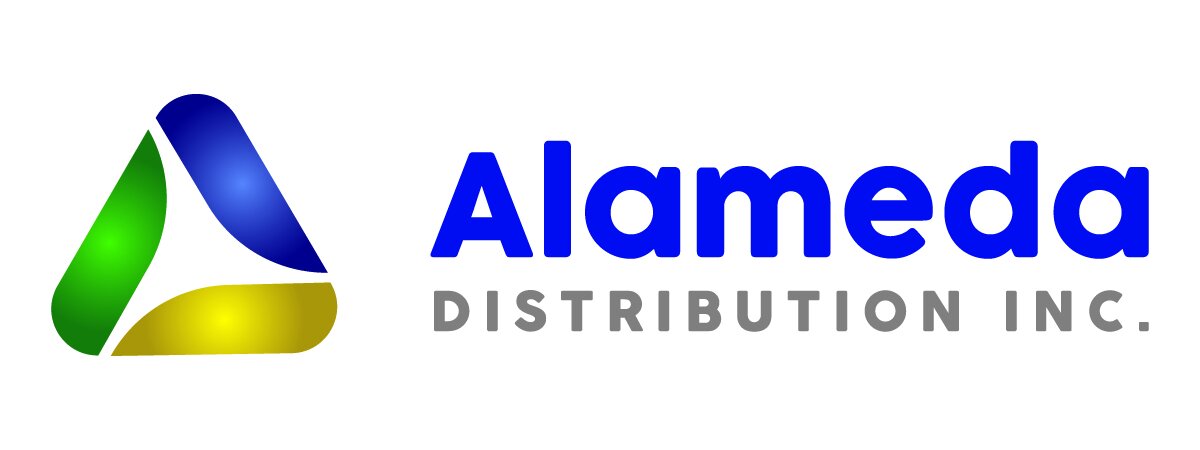How to navigate the current Importing environment with China and uncertainty with Tarrifs
In today's global economy, importing goods from China is both a prosperous venture and a complex challenge, especially with the ongoing uncertainties surrounding tariffs. Understanding how to effectively navigate this environment is essential for businesses looking to thrive in the face of the US-China trade war. Let’s simplify this complex issue into digestible information that can empower you to make informed decisions.
Understanding the Dynamics of the US-China Trade War
The US-China trade war involves a series of escalations that started with both countries imposing tariffs on each other's goods. This ongoing conflict extends beyond just tariffs as it also encapsulates intellectual property rights and technology transfer disputes. Grasping the intricacies of this dispute is essential. For instance, understanding the beginning of this trade war involves recognizing how each round of negotiations and retaliations changed the trade landscape significantly. The tension has led businesses to reassess their supply chains and consider new markets for both sourcing and selling goods.
It's crucial for businesses to keep abreast of trade negotiations as they directly impact import strategies. As negotiations continue, adjustments to tariffs or agreements may suddenly arise, necessitating quick adaptations. The resulting uncertainty from such rapid changes highlights the importance of staying informed and adapting to changes to ensure that companies are not caught off guard.
Assessing the Impact of Tariffs on Import Costs
Tariffs can dramatically increase the cost of importing goods, demanding that businesses reassess their budgets and pricing structures. To gauge the financial impact, it's vital to consider the cumulative effect of tariffs on both direct costs and indirect expenses like increased shipping or supply chain delays. Companies might consider strategies such as tariff engineering, which involves modifying the design or assembly of a product to decrease tariff rates.
By conducting a thorough cost-benefit analysis, businesses can better understand how these tariffs impact their operations. This entails evaluating the cost implications under various tariffs and considering potential shifts in sourcing to minimize expenses. Exploring the role of supply chain strategy in offsetting costs is an essential step. Establishing varied supply lines can reduce dependency on any single import route, providing flexibility to adapt to tariff changes without heavily impacting cost structures.
Developing Strategies to Mitigate Risk
Risk mitigation starts with diversification. By broadening the range of products imported from various regions, businesses can cushion against sudden tariff hikes. Diversifying supplier networks can also mitigate risks associated with any one supplier being impacted by trade policy changes. Establishing strong local partnerships further allows businesses to benefit from shared insights into minimizing tariff impacts and exploring local production possibilities when external import challenges arise.
Moreover, participating in trade agreements can offer benefits such as preferential tariff rates or easier access to markets. Companies should actively explore trade relationships and diversify partnerships to distribute risks more evenly. Strategic planning to consider alternative trade routes and markets not only mitigates risks but also positions businesses to take advantage of emerging opportunities in less volatile trade environments.
Staying Informed and Adapting to Changes
The constant evolution of trade policies underscores the necessity for businesses to keep abreast of developments. Engaging with credible sources like trade associations and governance bodies ensures frequent and accurate updates on policy shifts. Utilizing data analytics and trade-related software can further aid businesses in anticipating changes, thus enabling them to make swift adjustments in their strategies and operations.
Integrating insights from global economic predictions and trade trend analyses can also provide a competitive advantage. By tapping into these resources, companies not only stay informed but also strategically position themselves to respond to shifts, such as developing new trade routes or sourcing alternatives in anticipation of policy changes. This proactive approach ensures businesses can navigate global trade nuances with agility and preparedness.
Optimizing Logistics and Supply Chain Management
An efficient and resilient logistics network is a cornerstone of successful importing. Businesses need to leverage technology to optimize supply chain operations—be it through advanced logistics platforms or AI-powered analytics that predict demand and supply fluctuations. Building adaptive workflows that can quickly respond to disruptions ensures continuity and can mitigate the effects of sudden policy changes or tariff implementations.
Partnering with reliable logistics services and enhancing relationships with suppliers can significantly contribute to smoother operations. Businesses should emphasize integrating strategic inventory management techniques, such as maintaining safety stock or employing just-in-time inventory systems, to minimize dependency on single-source suppliers. These steps not only optimize cost-efficiency but also bolster import strategies against the backdrop of economic uncertainty.
Steering Through Trade Challenges with Confidence
While the importing landscape with China holds unique challenges, these hurdles can be systematically overcome with strategic planning and an informed approach. By staying updated, understanding tariffs, negotiating effectively, and optimizing logistics, businesses can mitigate risks and maintain a competitive edge. The key is to remain flexible and proactive, ensuring that tariffs and trade tensions become opportunities rather than obstacles. To explore how we can specifically assist your business, visit our homepage.

